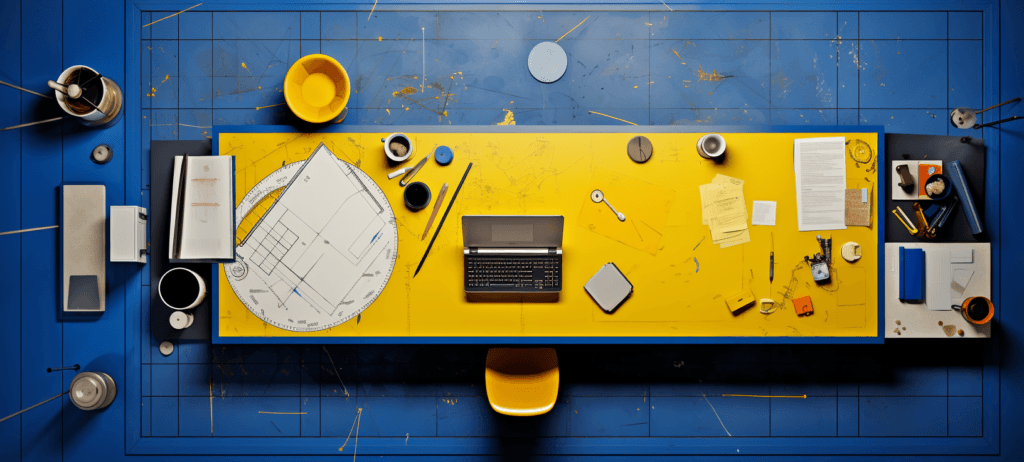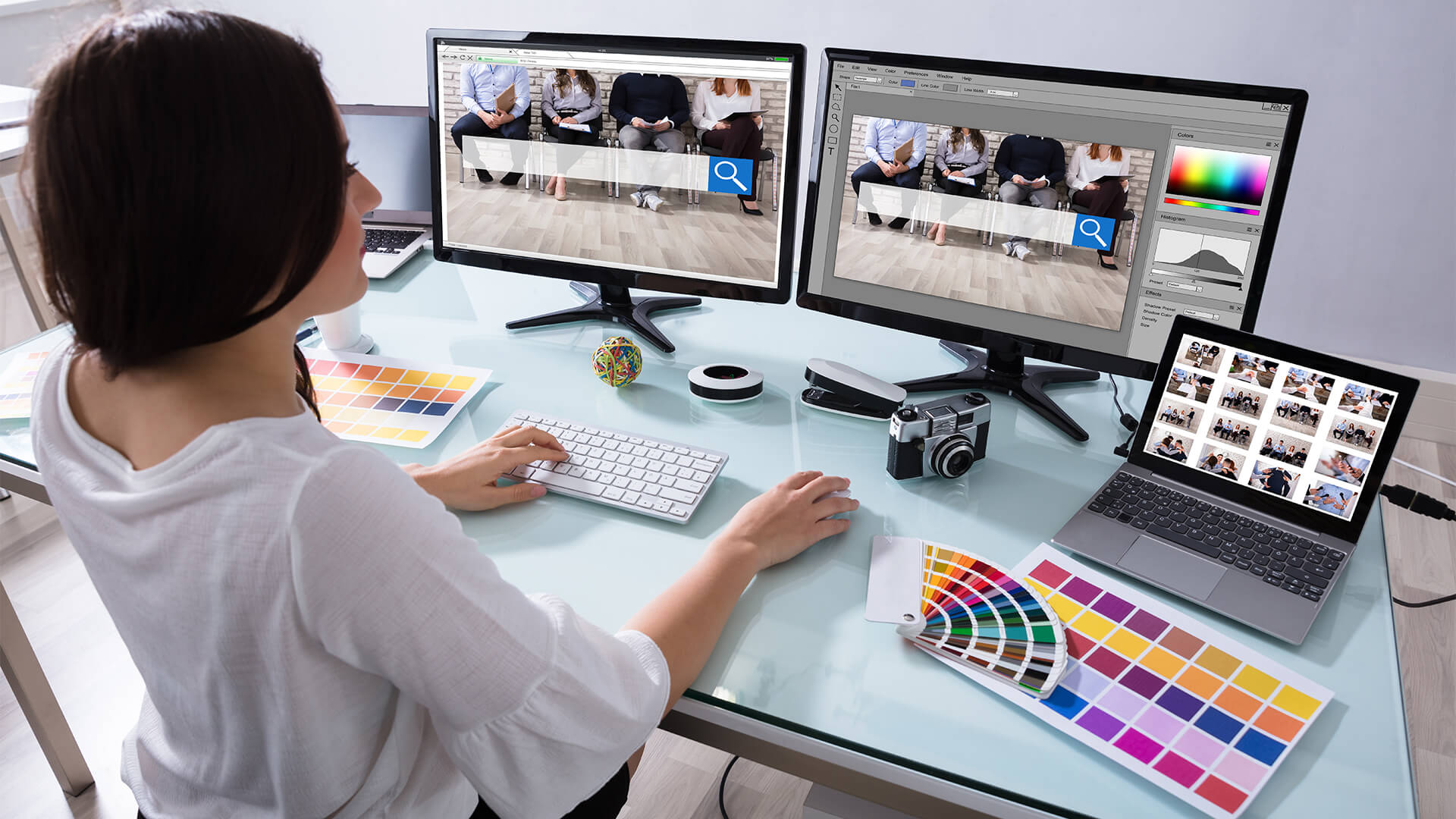Crucial Concepts of User-Centric Website Design for Optimum Engagement
In the realm of internet design, user-centric principles offer as the keystone for cultivating interaction and satisfaction. By focusing on customer requirements, improving usability, and ensuring accessibility, developers can produce experiences that resonate with varied audiences. The journey towards ideal engagement does not end below; ongoing individual responses is crucial for fine-tuning these concepts.
Understanding User Requirements
Recognizing customer requirements is basic to producing efficient website design that resonate with target market. An extensive understanding of user needs makes it possible for developers to craft experiences that are not just functional yet additionally engaging. This procedure begins with extensive study approaches, consisting of user meetings, surveys, and analytics, which aid to identify the details choices, habits, and discomfort points of the target audience.
Furthermore, empathy plays an essential role in recognizing user needs. By entering the individuals' footwear, designers can much better expect their assumptions and develop tailored options that address their worries - Web design in Penang. Structure individual characters, which encapsulate the features and inspirations of regular users, can even more guide layout choices and guarantee placement with individual concerns
Furthermore, contextual questions enables designers to observe individuals in real-world atmospheres, supplying understandings into exactly how they communicate with existing systems. This qualitative data can inform layout iterations that improve customer contentment. Ultimately, a user-centered method, based in a deep understanding of individual requirements, not just enhances functionality yet likewise promotes commitment and trust fund, resulting in increased involvement and improved total customer experience.
Focusing On Functionality

Furthermore, the value of responses can not be overstated. Individuals ought to receive immediate, clear actions to their activities, such as type entries or button clicks, assisting them recognize the outcomes of their communications. This responses develops depend on and urges ongoing engagement.
Observing genuine individuals as they engage with the site can disclose pain factors and locations for improvement. Iterative design based on user comments not just improves usability but also aligns the website more closely with customer expectations.
Making Certain Ease Of Access

To achieve access, designers need to comply with established guidelines such as the Web Web Content Ease Of Access Guidelines (WCAG) These standards highlight the relevance of giving text websites options for non-text material, guaranteeing adequate comparison in between text and background shades, and making it possible for keyboard navigating for all interactive components (Web design in Penang). In addition, clear and succinct language needs to helpful site be used to help comprehension
Integrating access attributes not only benefits people with specials needs but also enhances general individual experience. Display visitors can assist individuals in navigating material properly, while captions and transcripts make multimedia obtainable to those with hearing disabilities. In addition, an obtainable web site can boost search engine optimization (SEARCH ENGINE OPTIMIZATION), as online search engine prefer well-structured and straightforward sites.
Ultimately, prioritizing accessibility promotes inclusivity, enabling all users to fully engage with electronic material and making sure that no person is left in the electronic landscape.
Aesthetic and Aesthetic Layout
A properly designed site not only meets availability standards but likewise mesmerizes customers via its visual and aesthetic components. The visual layout of a web site plays an essential function in creating an appealing individual experience. Effective use color, typography, and images can stimulate emotions, communicate brand name identification, and hop over to here guide users with the content effortlessly.
Color pattern need to be very carefully chosen to mirror the brand name's character while keeping readability and visual comfort. Typography has to be readable and sympathetically integrated into the total design, guaranteeing that it matches as opposed to sidetracks from the material - Web design in Penang. Photos need to be high-grade and pertinent, offering to enhance the message as opposed to bewilder it
Whitespace is one more crucial component of visual design. It supplies breathing area, allowing customers to concentrate on necessary elements without really feeling cluttered. In addition, uniformity in visual layout aspects, such as buttons and symbols, promotes familiarity and enhances navigation.
Inevitably, a well-executed aesthetic and visual design not just attracts users however likewise encourages expedition and interaction, causing an extra rewarding online experience. This structure is necessary for promoting deeper engagement and establishing a long-term connection with the audience.
Continuous Customer Responses
User feedback works as a vital column in the evolution of web layout, ensuring that the site continues to fulfill the needs and expectations of its target market. By proactively obtaining point of views and insights from users, designers can discover valuable details that drives enhancements and promotes interaction. This repetitive procedure not only improves user complete satisfaction but additionally develops a sense of area and trust.
To successfully collect continual individual responses, different techniques can be employed, including studies, functionality screening, and analytics tools. Surveys can offer measurable data on user choices, while functionality testing supplies qualitative insights into just how users communicate with the site. In addition, analytics tools can track behavior patterns, revealing locations of friction that might not be promptly noticeable.
It is essential to examine and prioritize comments, resolving high-impact concerns that influence customer experience. Additionally, communicating updates and changes made in action to customer input strengthens the worth of their payments, urging recurring participation. Inevitably, a commitment to constant user feedback not only fine-tunes web layout but additionally grows a user-centric strategy that can considerably improve engagement and loyalty in time.
Verdict
In final thought, the crucial concepts of user-centric web design include a comprehensive understanding of user needs, a solid emphasis on usability, and the combination of availability attributes. Continuous customer comments additionally informs design enhancements, making certain that sites stay appealing and reliable.